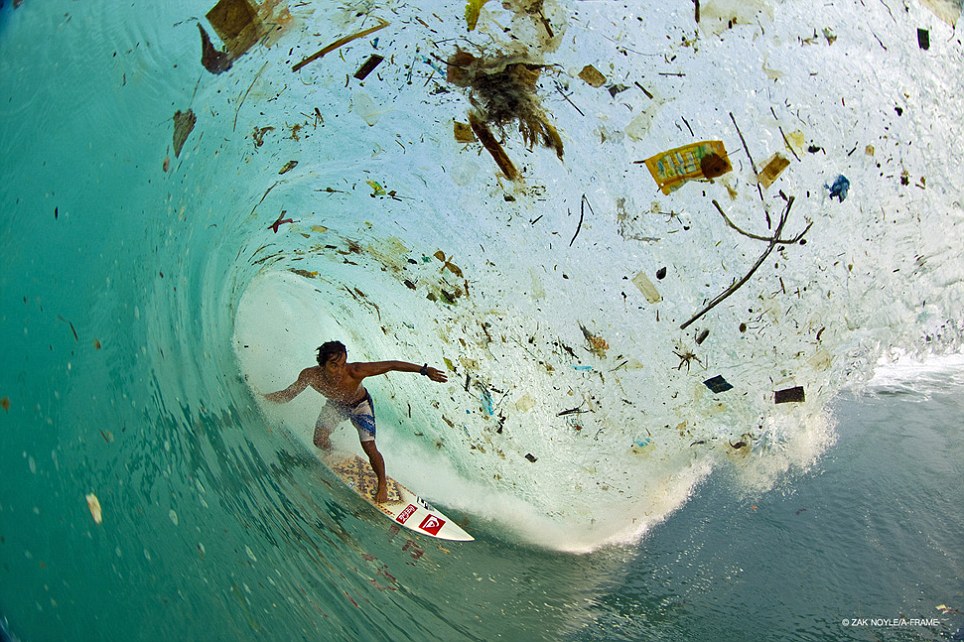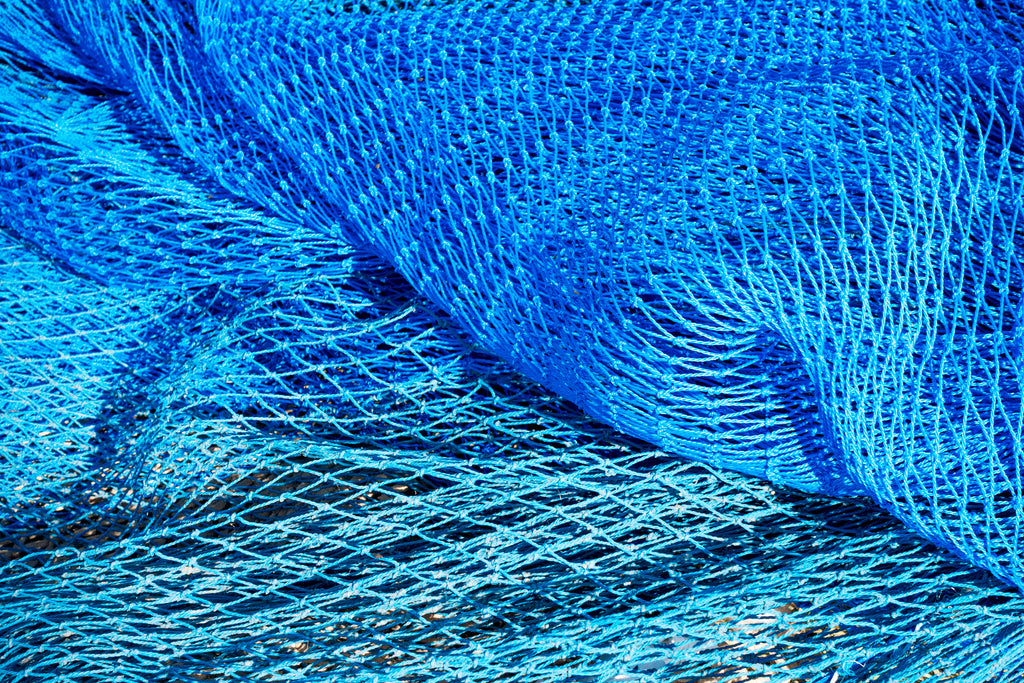The Plastic Crisis: A Way Forward
Plastic in our Oceans
Plastic in our oceans is now widely regarded as a global crisis. With over 8 million metric tonnes of plastic entering the ocean every year, it is estimated that there are 15 to 51 trillion pieces of plastic in the world's oceans — and that no part of the surface ocean anywhere on earth is free of plastic pollution.
The problem with plastic in the ocean is that it doesn’t really decompose, it just ends up as microplastic. It is said that every piece of plastic ever made still exists. Marine animals get trapped in plastic, wounded by plastic and most damaging of all, ingest plastic. Ocean currents cause the plastic debris to accumulate in areas known as gyres. The largest in the world is called the Great Pacific Garbage Patch, located in the north-central Pacific and is about as big as the entire state of Queensland.

Seafood Industry Innovations
In Australia, the local seafood industry has developed a pledge, aimed at all businesses and organisations working in the industry. The pledge was created by the National Seafood Industry Leadership Program (NSILP) in conjunction with Ocean Watch Australia and reads:
“The seafood industry is directly dependent on the health of the marine environment and sustainable fish stocks. Reducing the use of plastic within industry and diverting plastic from landfill strengthens our commitment to environmental responsibility, increases our contribution to protecting the future of global fishery resources, and improves our social licence to operate. The Australian seafood industry can lead by example and add to the global momentum of plastic use reduction.”
The seafood industry itself utilises plastics and Styrofoam for packaging, in fishing nets, aquaculture feedbags, pontoons, buoys and more. The industry wide call to tackle plastic pollution has led to a range of innovations.

Styrofoam; A thing of the past
Expanded polystyrene is a type of plastic that when puffed with air is lightweight, buoyant, water-resistant and an excellent insulator – we call it Styrofoam and it is used extensively in marine and seafood environments. In a wonderful example of recycling, there has been a new product developed to replace it that utilises the waste extracted from the exoskeletons of shellfish, chitin. The new product is called Cruz Foam.
Cruz Foam breaks down in 120 days or less, with a 97.9 percent average biodegradation in soil. It produces high-quality organic waste that can be used as nutrient-rich compost and biogas used for electricity. Once the supply chain issues and logistics have been sorted, Cruz Foam is an ideal replacement for cold food packaging.
Cruz Foam is not the only new packaging material that’s recently been developed. In Canada, the team at Brown’s Bay Packing Company have developed a hybrid packing using cardboard for structure and isothermal starch foam inserts for insulation as well as water resistance. Very similar to Cruz Foam, this solution will likely utilise wood cellulose instead of the shellfish waste in the same manner.

Ghost fishing gear on the radar
In 2020, the Australian Federal Government allocated $14.8 million to tackle ghost fishing gear, primarily lost and discarded fishing nets which are made of plastic.
In Australia there is up to 640,000 tonnes of discarded fishing gear left in the ocean annually. The funding is delivered by Parks Australia over a four-year period and works in collaboration with indigenous organisations.
In late 2022 there was $3 million set aside for the Ghost Net Innovative Solutions grant program to encourage the development of new technology solutions for the problem. In addition the funding covers the cost of data collection and GPS tracking for nets that can’t be retrieved due to unsafe conditions but can then be tracked for when retrieval is possible.

At Dawson’s
From late 2022, and like many other countries, states and territories, NSW has declared a ban on single use plastics including: straws; stirrers; cutlery; cotton buds; expanded polystyrene (EPS) food service items and more.
Here at Dawson’s we have switched to recyclable oyster trays that can be put in your home recycling to replace the common foam non-biodegradable oyster trays still used in the industry. We also do not supply single use plastic bags. We do sell thick plastic bags which are designed for re-use, and we offer cardboard boxes for free when we have them. We always encourage shoppers to BYO bag.

In-Store Recycling Program
In line with the importance of reducing plastic waste, we have launched a new recycling program in store. We are encouraging customers to return their clean plastic oyster trays and you will receive 15c off your next oyster purchase! We will clean, sanitize, and then reuse the trays in an attempt to reduce our need to purchase this resource.

